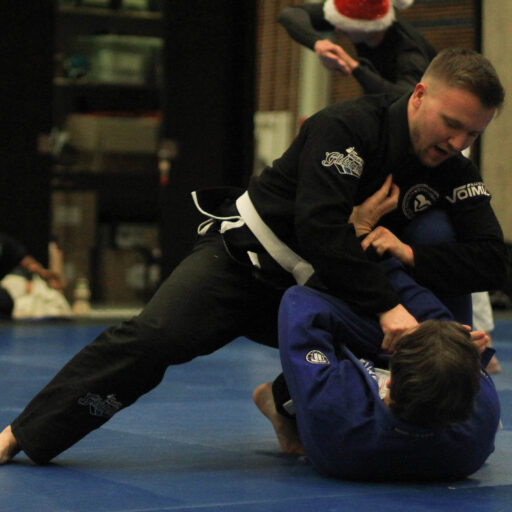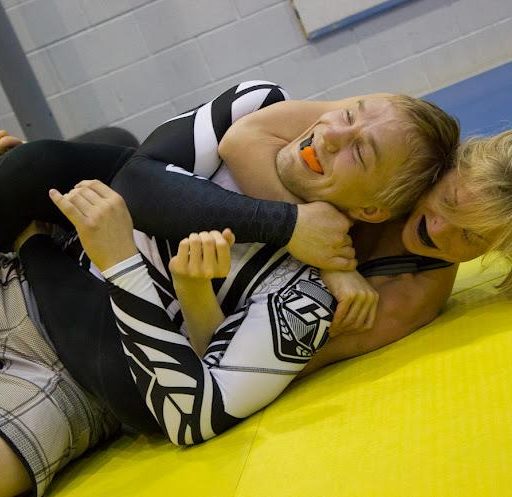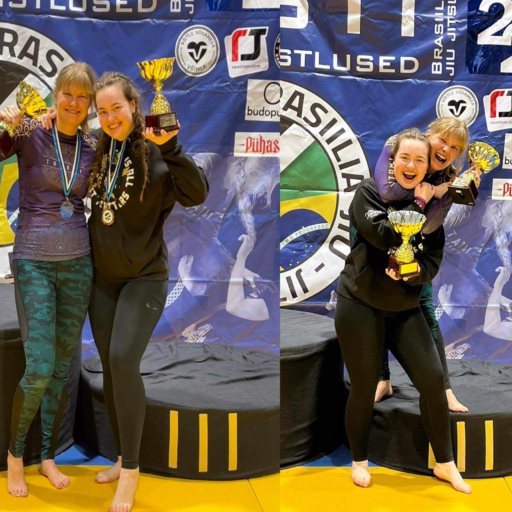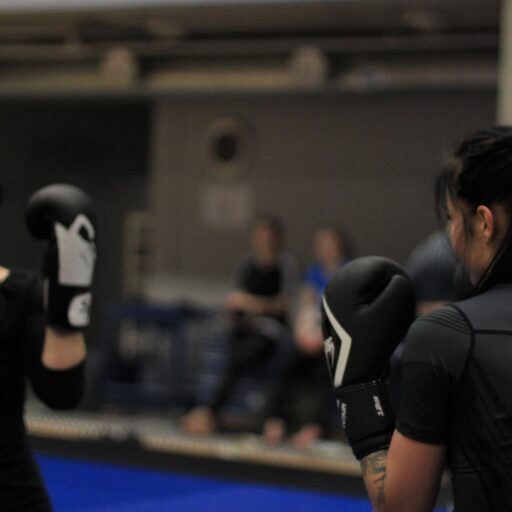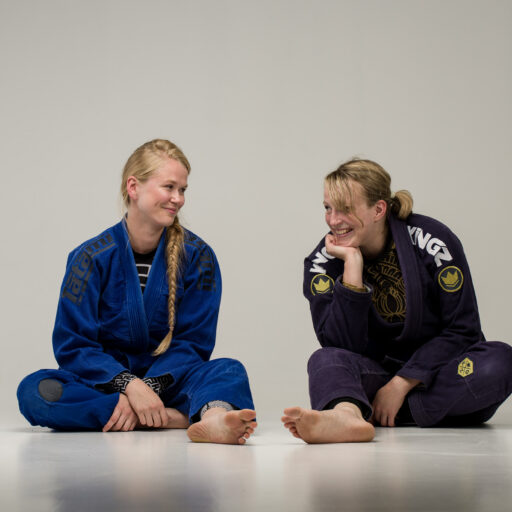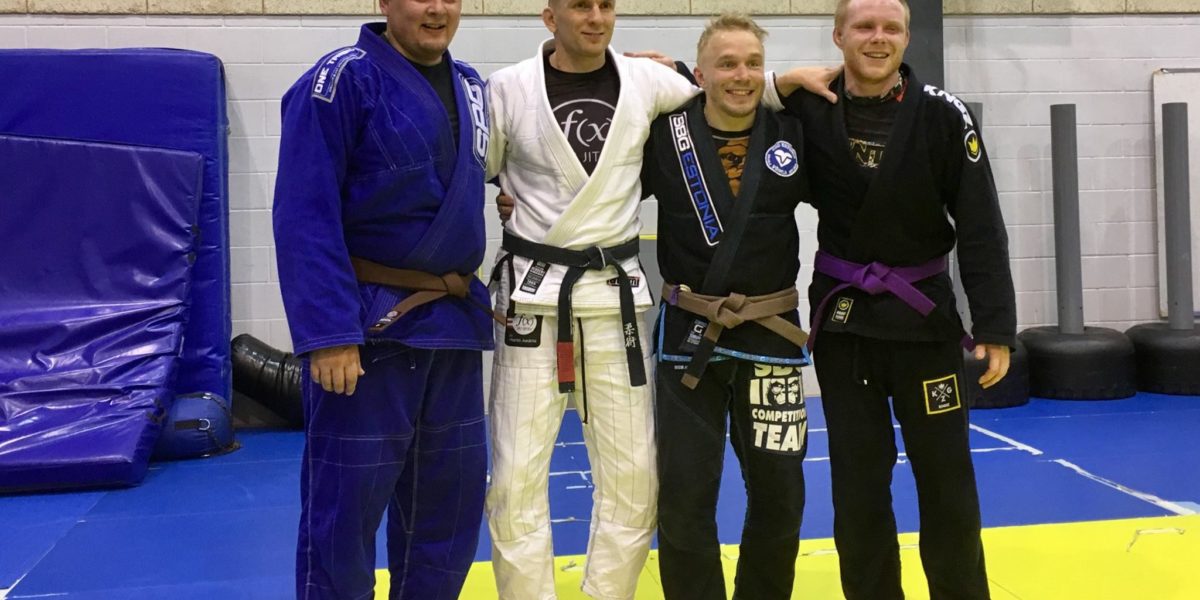
Belts in Brazilian jiu-jitsu and in VÕIMLA
Discussion on BJJ belts by Jorgen Matsi, head coach of Võimla and Martin Aedma, the first BJJ black belt in Estonia. Updated on 27.09.2016
Belts in combat sports, in Brazilian jiu-jitsu and in Võimla
The belt system is an interesting phenomenon in combat sports. On one hand there is already a structured (semi)objective measure of performance showing level/ability – that is sparring and/or competition under said ruleset of a given sport. That is the only way of measurement used in boxing and wrestling for example. On the other hand there are plenty of disciplines which use some kind of a belt ranking system (often with Japanese roots) e.g. Judo, Sport Karate, Brazilian Jiu Jitsu. Naturally a ranking system using belts is more innate in disciplines using a kimono / gi as official clothing.
In Brazilian Jiu Jitsu (from now on BJJ) there is no uniform and universal standard regarding belts. Schools exist where “belt test” requires familiarity with a specific set of techniques the student must know and show. On the other hand schools exist where the single most important factor is competition performance – you place on a podium at a more major competition and that means you are worthy enough to start wearing the next belt. However belt system is really ingrained in BJJ as the competitions are held in belt divisions (white belts with white belts, blue belts with other blue belts and all the way up to black belt division). In an ideal world that would mean an even playing field where most of the competitors would be matched against people with similar skill. However in the real world there are two major downsides:
First: people don’t want to be and won’t be promoted because they want medals in lower belt categories.
Second: the majority of practitioners will never compete.
Therefore the sports competition driven model creates a rift between “competitor standard” and “practitioner standard”.
The belts (BJJ) in VÕIMLA have an important characteristic inherited from SBG: belts are performance-based! To be eligible for a BJJ rank, you have to demonstrate your BJJ skill day-to-day in an environment where you grapple/spar other people. The estimate of “amount” of said skill is always somewhat subjective (from the rank-administrating instructor’s point of view) because the expression of skill in BJJ is far broader than the count of submissions (or other successful “moves”). You have to account for the broader perspective – physical abilities and attributes as well as mental ones – ability to understand the techniques (and mechanics and logical systems behind them) etc.
A belt / rank is given at a certain point in time (usually) based on the assessment of technical ability in the time period prior to the actual “grading”. BJJ ranks are never revoked due to possible decreases in said ability over time. Hence when someone is returning to the mats after a long layoff due to injury or whatever other causes, he/she will still maintain the same belt / rank as he/she had previously.
To make it all a bit clearer for people in our own club VÕIMLA (Tartu Fightsport Gym) we have described the standard ranks* in BJJ belt system and how we currently use them.
The “official grading” is usually done with the “ironman” tradition – lots of sparring with everyone (else) present. Nevertheless (and that’s why the quotation marks) it’s not an exam but more of a dot-on-the-i for the decision already made by the instructor. It is a celebration, a milepost for the countless hours you put in on the mats.
Whitebelt
One is a whitebelt from the very first BJJ lesson. Whether you actually are wearing a gi and a belt does not matter :)
Bluebelt
You are a bluebelt when you don’t do “Stupid S…Mistakes” anymore :) We don’t have a fixed curriculae or a set of moves that a bluebelt should be able to demonstrate from various positions – that can be highly variable individually. However a real bluebelt does not do movements which are plain wrong in BJJ context – moves that are very easy to capitalize on. For example not clinging to opponent’s head after guard has been passed. Not giving up ones back in situations where effective turtling / back defence is not possible. Not putting oneself in a triangle choke (and other main submissions) out of ignorance etc. What all that actually means that our bluebelts are able to properly grapple / spar in a BJJ context. They can be a useful and helpful training partner for anyone at any level anywhere in the world.
Bluebelt rank in our club can be attained without ever putting a gi on although that is an exception to the rule. Such a grappler’s game must be proficient and fundamental enough for his skills to easily transfer to gi-grappling. Although we strongly advocate training no-gi as well, ranks above bluebelt are awarded for showing proficiency in gi-BJJ only.
Purplebelt
A purplebelt has his/her own game. That means that a purplebelt has in certain positions a set of moves which he can combine to be threatening to much more experienced grapplers. Even more – in all other fundamental positions he has a game that can not be as refined but ideally from there he/she is able to survive and direct the opponents to more comfortable areas to force the A-game onto them.
Brownbelt
A brownbelt really can play the (whole) game. This means a brownbelt has his/her own game pinpointed from every fundamental position in BJJ. Ergo a brownbelt possesses the big picture about how BJJ works. It is not necessary for a brownbelt to know or be able to do every single sweep in the world or every little detail about BJJ, however he/she is able to grasp the fundamental mechanics behind them all. Therefore a brownbelt is able to give meaningful and required feedback to all practitioners of lesser (and equal and greater – if they’re willing to listen) experience regardless of who was able or not able to tap whom at the moment.
Blackbelt
A blackbelt is a more refined, more experienced and more masterful brownbelt :) A brownbelt that keeps on training regularly will highly likely become a blackbelt one day.
Stripes?
The time in between belt ranks can be pretty long in BJJ (several years) and therefore many BJJ organisations and schools use a stripe-system for in between assessment and recognition. Stripes are added to the black bar in the end of BJJ belts, regular athletic tape is commonly used for stripe material. The standard for stripes is even more subjective than for belts**. Generally the standard is a club/organisation tradition and/or a motivational tool. The only more universal rule in BJJ community is that four stripes on a belt signifies a practitioner worthy of next rank but there is a reason (e.g. no high ranking instructor in that school, one last competition coming up shortly etc) why it has not yet been awarded.
In VÕIMLA we have recently started to use stripes (again) to mark and structure the ranking process better. We are trying our best to teach the practitioners to think and assess their skill for themselves and keep their motivation learning directed and intrinsic but structuring certain outside “gradings” in between. Currently the stripes in our club can be interpreted as following:
First stripe marks “getting comfortable” with your fresh belt rank. The existing skills have become more stable and the technical execution is more confident and has higher success percentage as compared to “fresh belts”.
Second stripe means in his/her stronger positions and areas the practitioner is often able to force his/her game even on more experienced opponents. Despite that there are other fundamental positions where the technical execution is more robust and the same opponents clearly outmatch him/her.
Third stripe means that the general grappling skill is on the level of next belt rank standard, however there is one distinct fundamental position/area where the game is still lacking. Usually it is the ability to play open guard OR ability to pass open guard but it can be general escape skills, positional control or submission skills.
Fourth stripe means the skill level is comparable to the next belt rank, however for some reason the practitioner has not yet been assessed/graded.
* The standard colours which define the competition classes for adults regarding IBJJF (and most other organisations) are white, blue, purple, brown, black. For children several other colours are used between white and blue, also some schools use a grey belt before blue and “half belts” – a white-blue and blue-white belt before actual bluebelt for adults/teenagers.
** Stripes on the red bar of a black belt function differently: at first one stripe is added every three years of being an active instructor / competitor. After three stripes one stripe is added every five years up to six stripes in total. Therefore the stripes on a black belt are a more-or-less universal measure of experience.
P.S. A very interesting general article on BJJ belt standard and assessment is written by SBG president / founder Matt Thornton in his blog.



